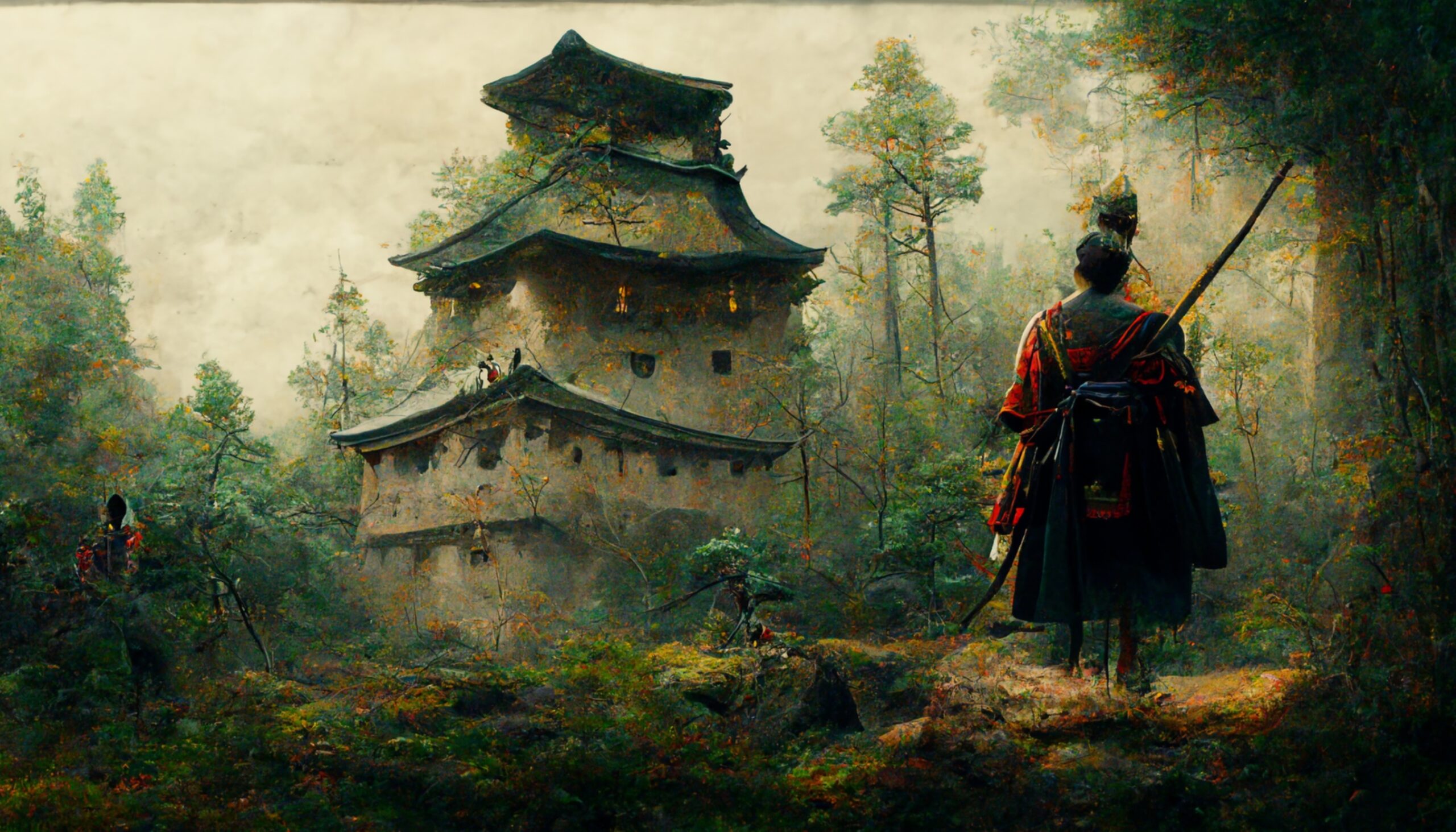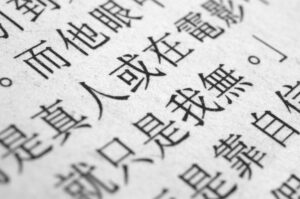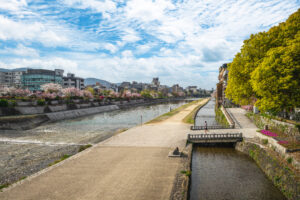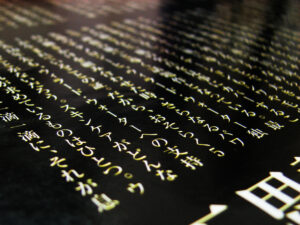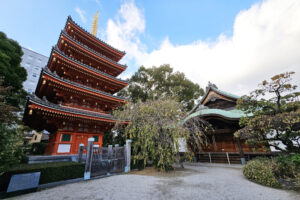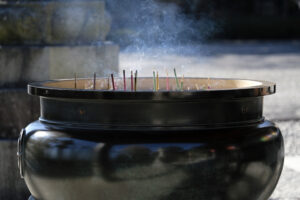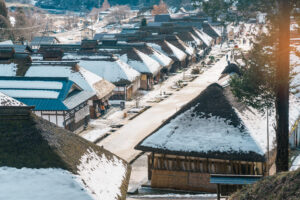In the tapestry of Japan’s rich history, the Edo Period shines as a pivotal era, marked by profound transformations that reshaped the cultural, social, and political landscapes of the nation. Spanning from 1603 to 1868, this epoch witnessed the consolidation of power under the Tokugawa shogunate, an unprecedented era of peace and stability, and significant strides in arts, culture, and economy. As we peel back the layers of time, the Edo Period reveals itself not just as a chapter of isolation and tradition, but as a crucible of change, setting the stage for Japan’s emergence onto the modern world stage. Join us as we unveil the intricacies and intrigues of Japan’s era of transformation.
Edo Period Unveiled: Japan’s Historical Pivot
The Edo Period, named after the city that would become Tokyo, marked a turn from centuries of conflict to a remarkable 250-year stretch of peace and stability. This period laid the foundations for much of modern Japanese culture, economy, and governance. It was a time of internal reflection, societal restructuring, and cultural flourishing that would define Japan for centuries. As the power center shifted from warring states to a centralized governance under the Tokugawa shogunate, Japan closed its doors to the external world, fostering a unique development path that was uninfluenced by the West until the 19th century. This isolationist stance, paradoxically, became a catalyst for innovation and change within, setting Japan on a trajectory that would eventually clash with the forces of Western imperialism.
An Era of Peace: The Edo Period’s Foundation
The peace that defined the Edo Period was not an accident but a carefully orchestrated outcome of the Tokugawa shogunate’s policies. After years of civil unrest and warfare, the victory of Tokugawa Ieyasu at the Battle of Sekigahara in 1600 and his subsequent establishment of the Tokugawa shogunate in 1603 ushered in an era of unparalleled stability. The shogunate implemented a system of strict social order and governance that curbed the power of potential rivals and centralized authority in Edo. This peace allowed for economic growth, population increase, and the flourishing of the arts and culture, setting the foundation for the modernization efforts of the late 19th century.
The Tokugawa Shogunate: Rulers of Edo Japan
The Tokugawa shogunate was the engine behind the Edo Period’s stability and growth. With a sophisticated bureaucracy that managed everything from agriculture to foreign affairs, the shogunate exercised absolute power, ensuring that no single daimyo, or feudal lord, could challenge its authority. The shogunate’s policies were geared towards maintaining peace, fostering economic prosperity, and preserving the social order. The Tokugawa clan ruled with an iron hand but also with a keen eye for governance that promoted the arts, culture, and education while carefully managing foreign relations to protect Japan’s interests.
Samurai to Bureaucrat: A Shift in Power
One of the most significant transformations during the Edo Period was the evolution of the samurai class. Once warriors and landowners, the samurai gradually became bureaucrats. As the need for military prowess declined in an era of peace, samurai took on administrative roles, contributing to the governance and legal systems. This shift reflected the changing needs of a society that valued education, administration, and culture over martial abilities. The transition also underscored the Tokugawa shogunate’s strategy to neutralize potential threats to its authority by integrating the samurai into the bureaucratic machinery of the state.
Edo’s Economic Boom: Trade and Urbanization
The peace and stability of the Edo Period fostered a thriving economy. Agriculture flourished, and innovative practices increased productivity, supporting a growing population. Urbanization surged as Edo, Osaka, and Kyoto became bustling centers of commerce, culture, and administration. The period also saw the rise of a merchant class that, despite its low status in the official social hierarchy, wielded considerable economic power. Trade, both domestic and with select foreign nations like the Dutch and Chinese through the port of Nagasaki, enriched the economy further, setting the stage for Japan’s industrial surge in the late 19th century.
The Flourishing of Arts and Culture in Edo
Culture and the arts reached new heights during the Edo Period, reflecting the era’s peace, prosperity, and isolationist policies. Ukiyo-e, a genre of woodblock prints, depicted the pleasures of the floating world – entertainment districts that offered theater, music, and other diversions. Kabuki theater and the tea ceremony flourished, while literature saw the emergence of prominent writers like Matsuo Bashō, whose haiku poetry encapsulated the era’s aesthetic sensibilities. This cultural blooming was not just an expression of creativity but also a reflection of the evolving social and economic landscape of Japan.
Social Structure: From Samurai to Commoners
The rigid social hierarchy of the Edo Period defined every aspect of life, from occupation to clothing. At the top were the samurai, followed by farmers, artisans, and merchants. Despite their wealth, merchants ranked lowest because their prosperity was not derived from traditional sources like land or military service. This social structure was integral to maintaining order, but it also stifled mobility, leading to tensions as the economy and culture evolved. Over time, the lines between these classes began to blur, particularly as wealthy merchants gained influence and samurai faced financial difficulties, setting the stage for social reforms in the Meiji era.
The Evolution of the Geisha Culture
Geisha, as an embodiment of Japanese art and tradition, thrived in the pleasure quarters of Edo Japan. These highly skilled women were trained in the arts of music, dance, and conversation, catering to the entertainment needs of the samurai and wealthy merchants. The geisha culture represents the period’s complex intersection of art, commerce, and gender, illustrating how cultural practices can reflect broader societal norms and changes. Their presence in the cultural life of Edo underscored the era’s sophisticated urban tastes and the role of women in public culture.
Isolation and Interaction: Foreign Policies
The sakoku, or closed country policy, defined Japan’s foreign relations during the Edo Period. By restricting overseas trade and limiting foreign influence, the Tokugawa shogunate sought to maintain social order and protect its power. However, this isolation was not absolute. Through the ports of Nagasaki and Tsushima, Japan engaged in controlled trade with China, Korea, and the Dutch, ensuring a flow of goods and information that, while limited, kept Japan from being completely cut off from global developments. This selective engagement helped preserve Edo Japan’s unique culture while subtly preparing it for eventual confrontation with the Western world.
The Way of the Warrior: Bushido’s Last Stand
The samurai ethos, or bushido, with its emphasis on honor, loyalty, and martial prowess, faced a profound transformation during the Edo Period. As samurai transitioned from warriors to bureaucrats, the practical application of bushido shifted, but its spiritual and philosophical underpinnings continued to influence Japanese society. This period saw the codification of bushido principles, which would inform the conduct and ideals of not only the samurai but also the broader populace, laying the groundwork for modern concepts of Japanese identity and national character.
Education and Scholarship During the Edo Era
Education flourished during the Edo Period, with the proliferation of terakoya, or temple schools, offering basic education in reading, writing, and arithmetic to commoners. Higher education for the samurai class and wealthy merchants fostered a scholarly community that delved into studies ranging from Confucian classics to Dutch studies, or Rangaku, which introduced Western science and medicine. This era of intellectual curiosity contributed to a renaissance in literature, philosophy, and practical studies, preparing Japan’s intellectual groundwork for the Meiji Restoration’s modernization efforts.
Closing the Edo Chapter: The Meiji Restoration
The final years of the Edo Period set the stage for one of the most dramatic transformations in Japan’s history: the Meiji Restoration. Facing internal pressures and the threat of Western imperialism, the Tokugawa shogunate’s grip on power weakened, culminating in its eventual overthrow. The restoration of imperial rule in 1868 marked the end of the Edo Period and the beginning of Japan’s rapid modernization and industrialization. The Meiji Restoration not only opened Japan to the world but also leveraged the achievements of the Edo Period to propel the country into a new age of national strength and global engagement.
The Edo Period, with its mix of isolation and internal development, peace and cultural flourishing, laid the groundwork for the Japan we know today. By examining this era’s complexities, from governance and social structure to arts, education, and foreign policy, we gain invaluable insights into the forces that have shaped Japanese identity and societal norms. As we look back on this transformative period, it becomes clear that the legacy of Edo is not merely one of historical curiosity but of enduring influence, informing Japan’s path from a feudal society to a leading modern power.
